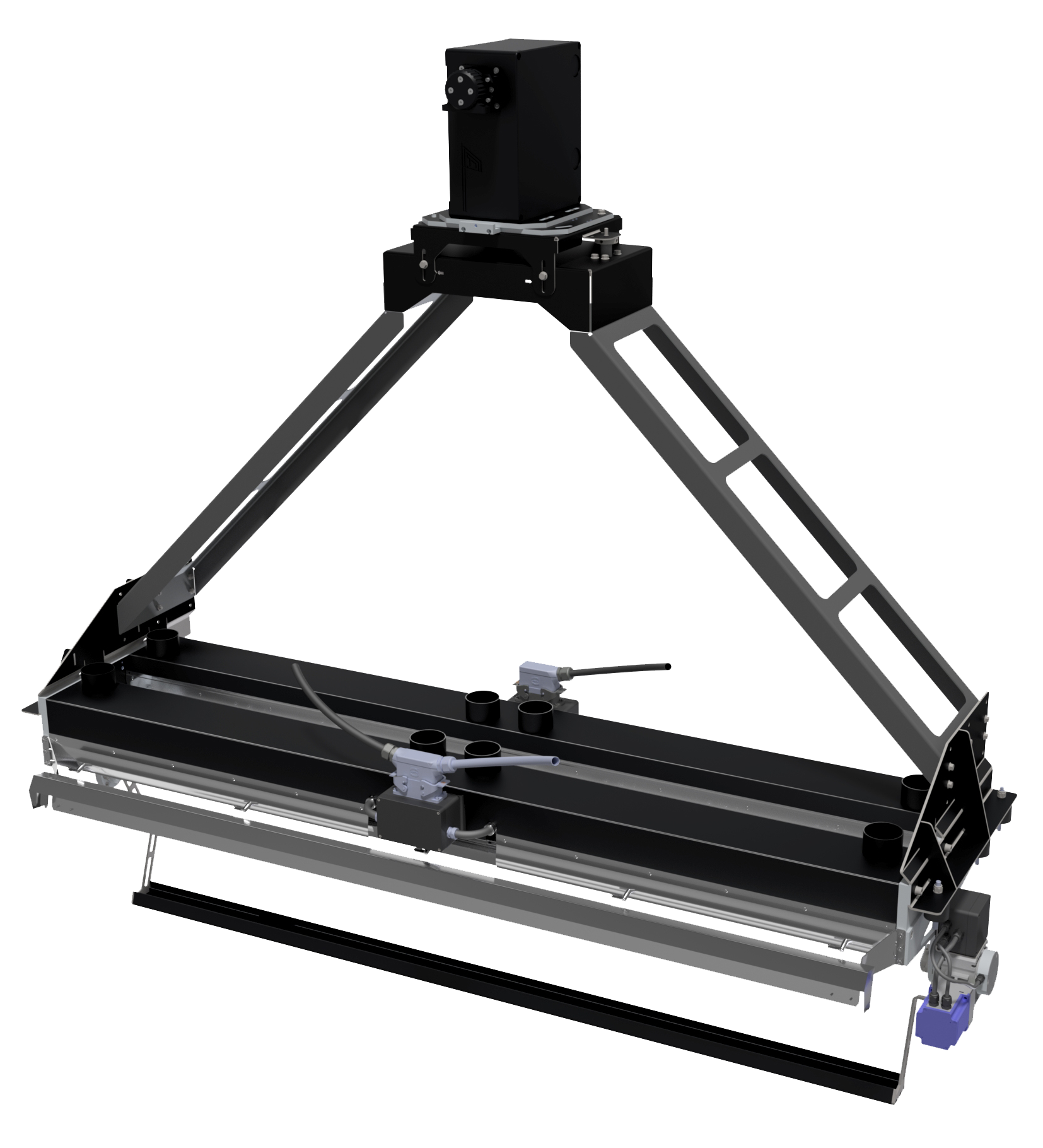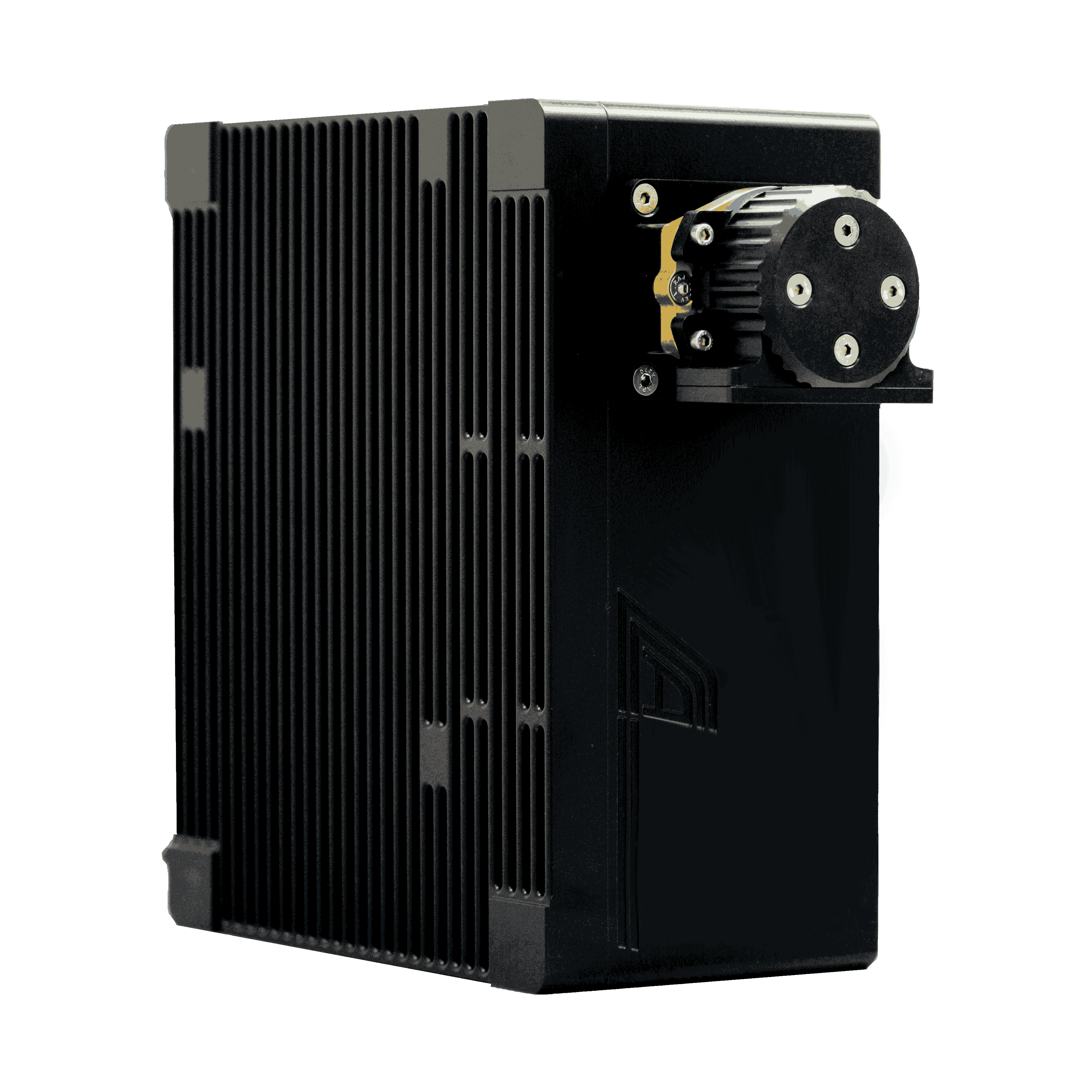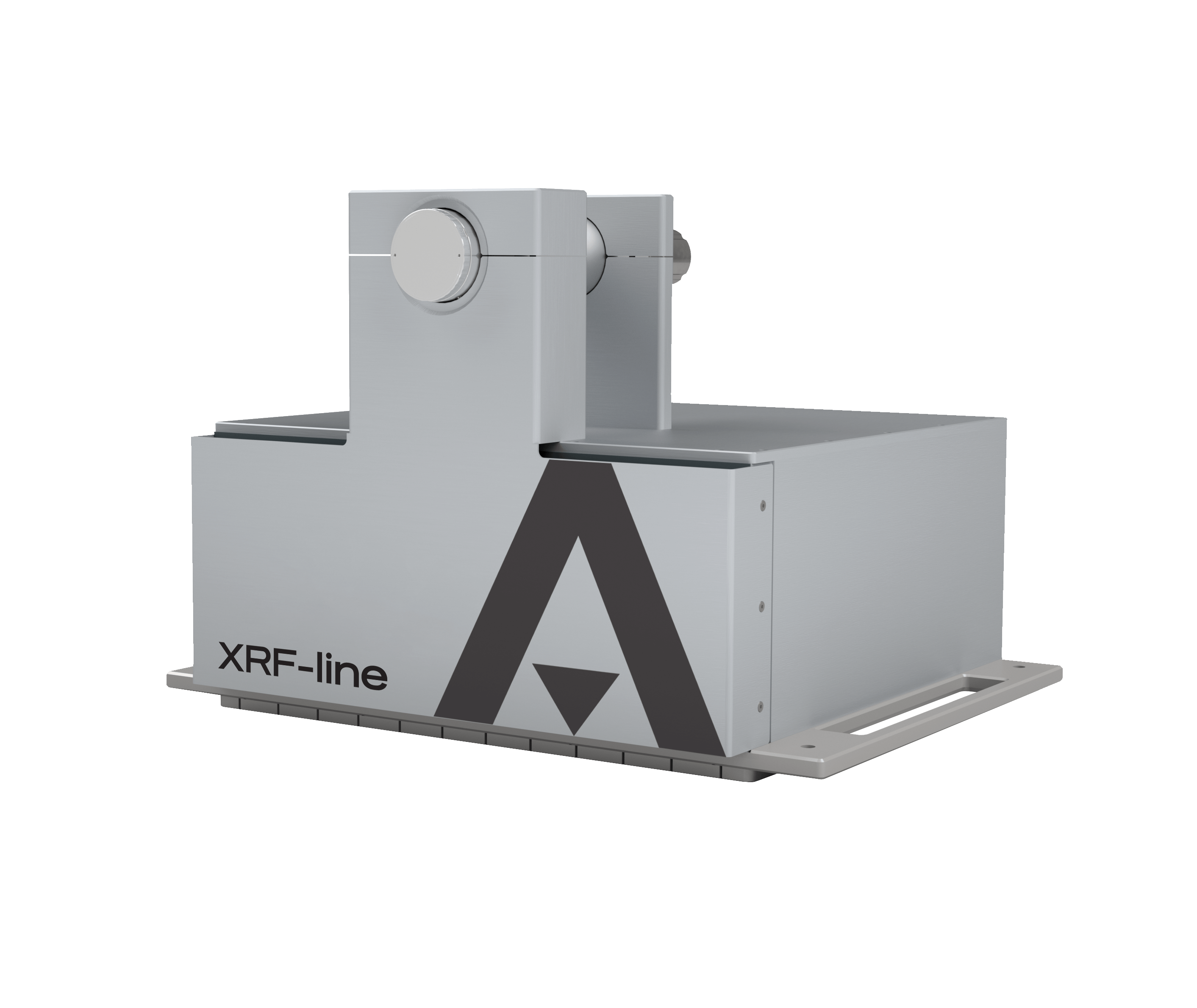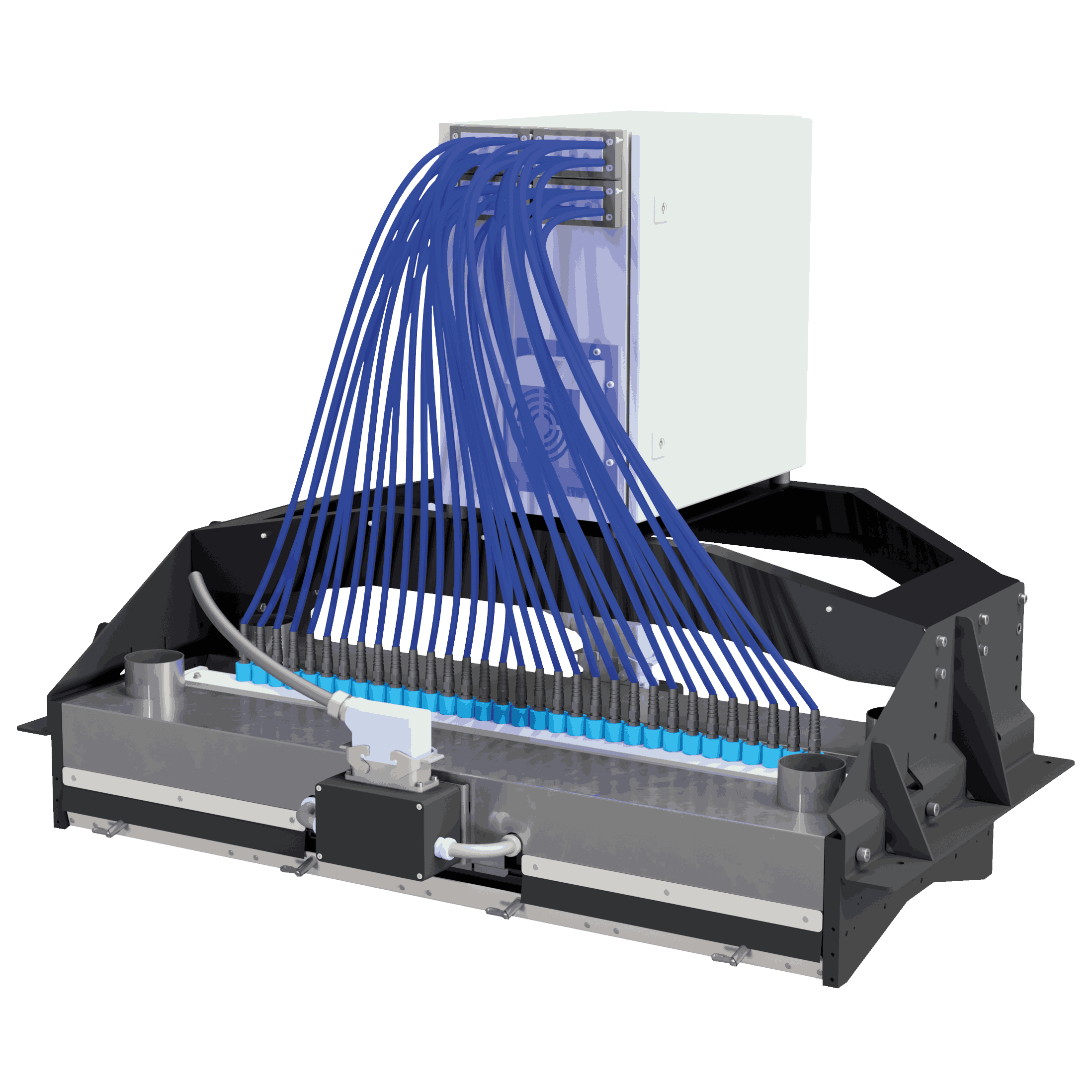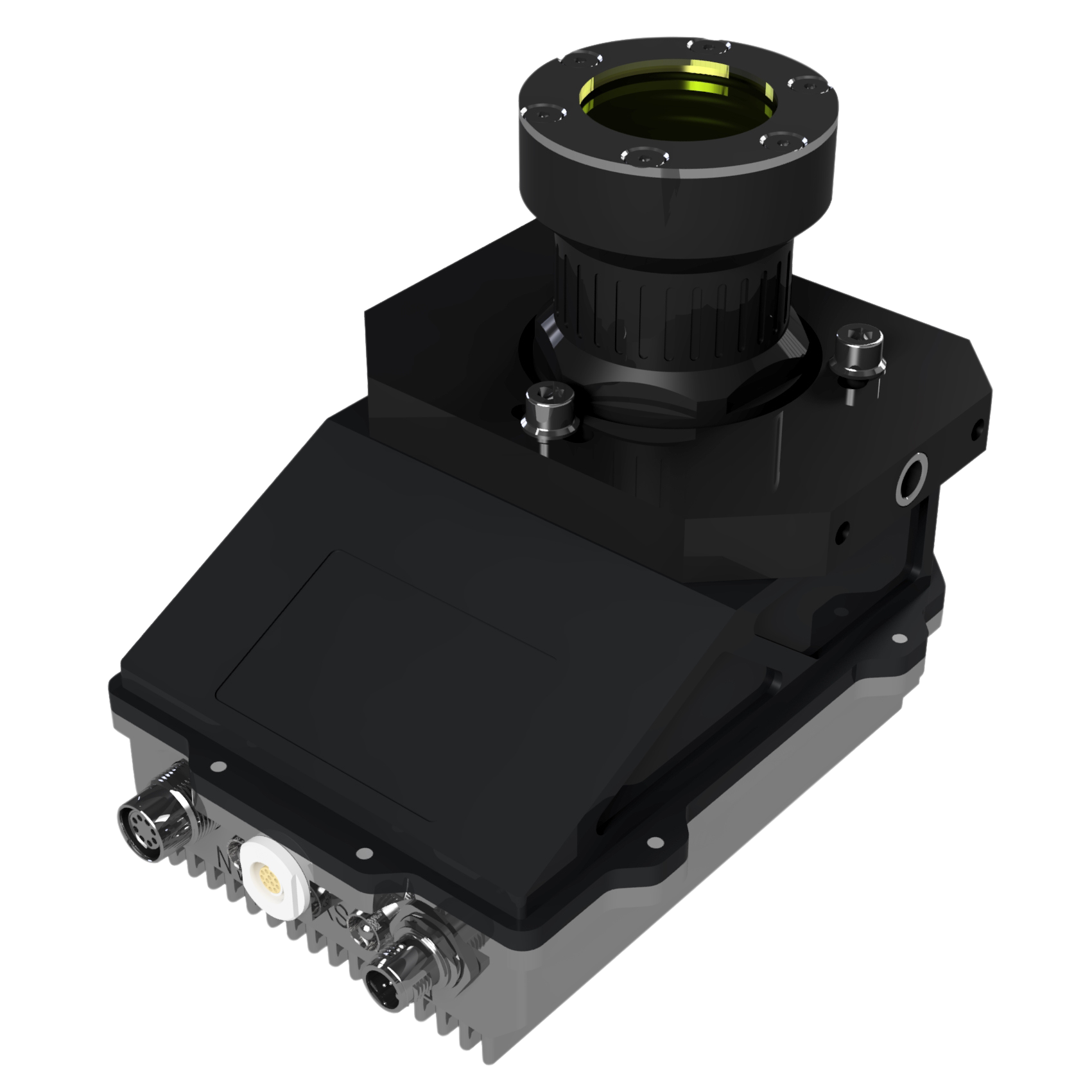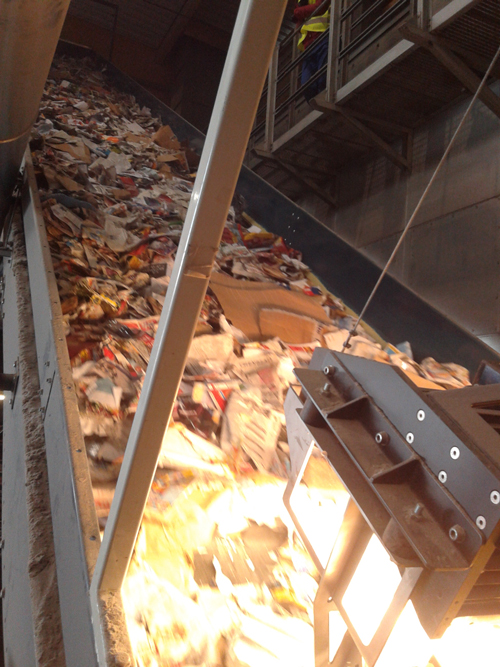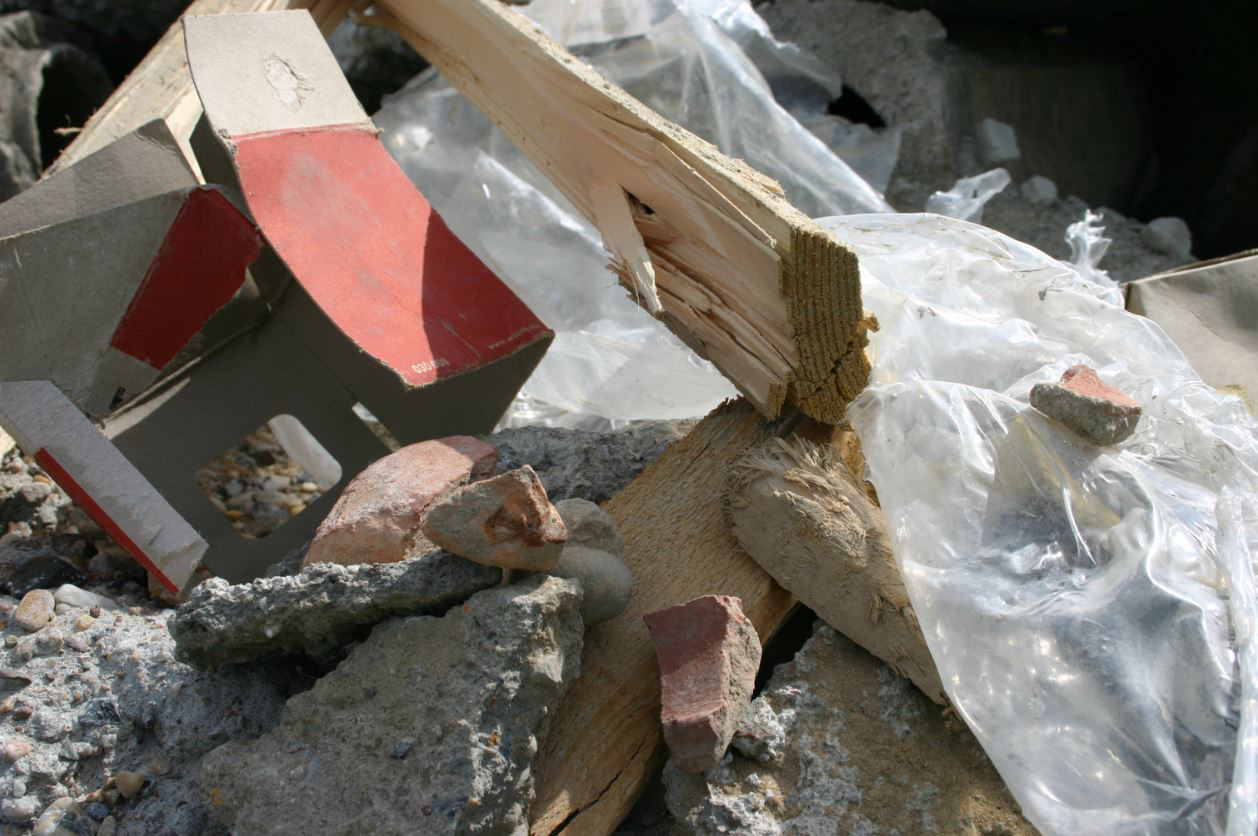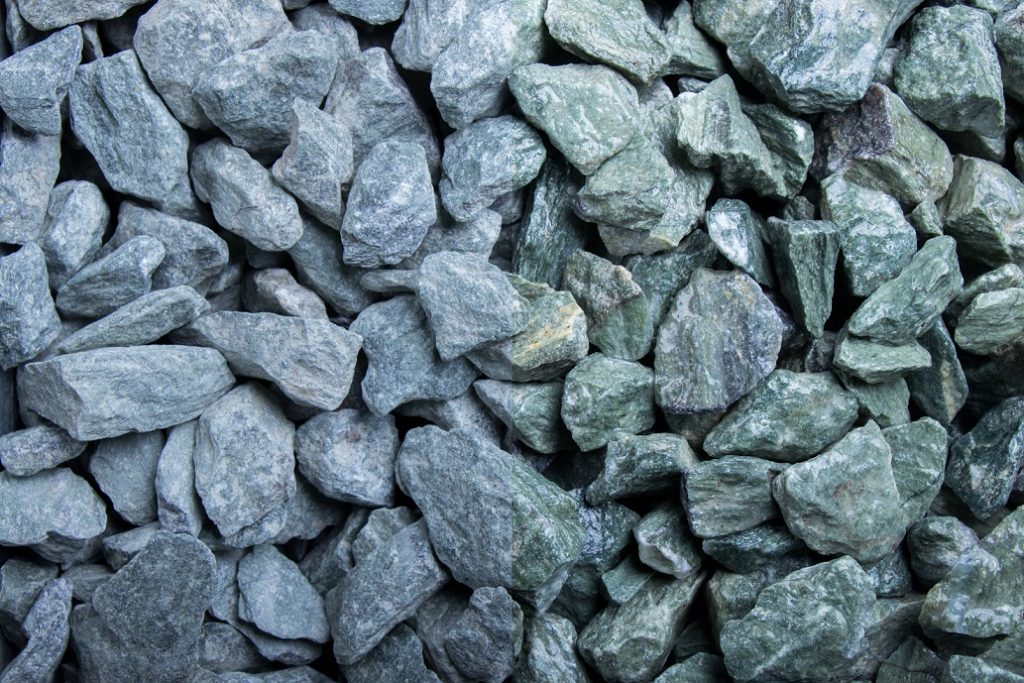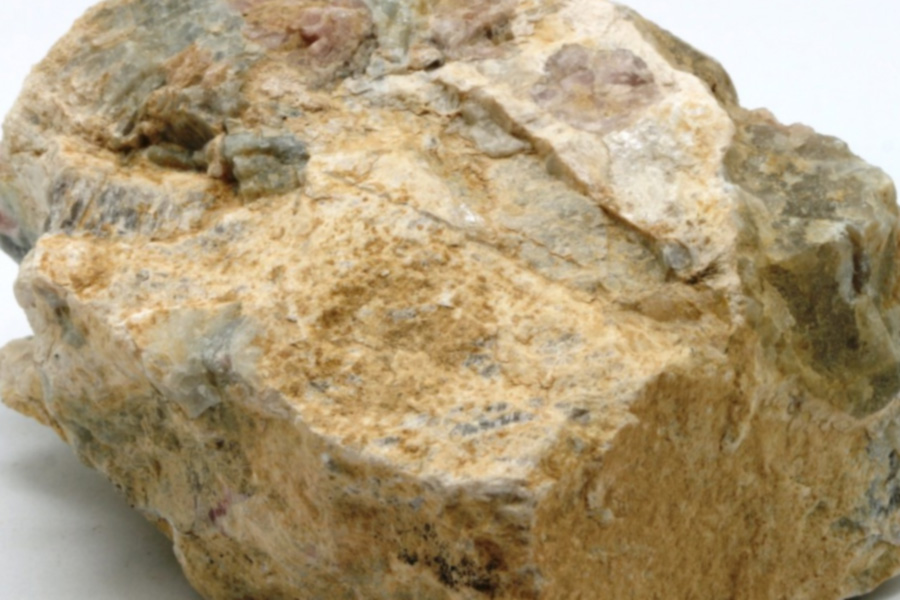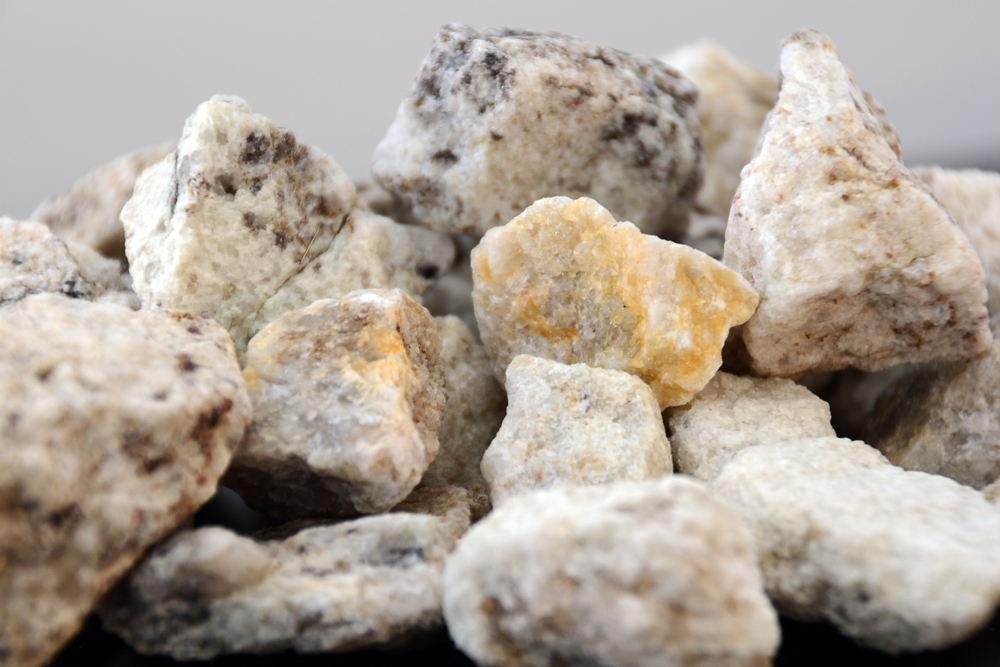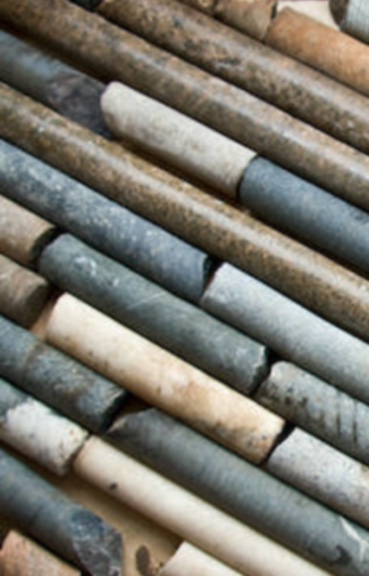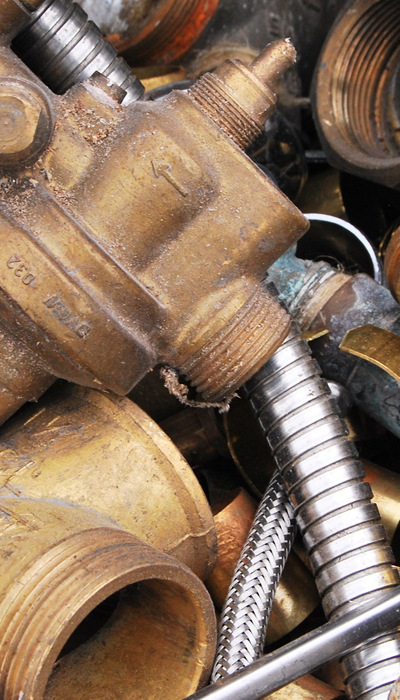04 June, 2025 – LLA Instruments is excited to launch the KUSTA 1.9 HS, the latest addition to its renowned KUSTA camera series. This high-performance camera offers an extended SWIR (Short-Wave Infrared) range of 1.03 – 1.9 µm, enabling precise and high-speed analysis for a wide range of industrial and scientific applications.
With frame rates of up to 4 kHz, the KUSTA 1.9 HS is designed to meet the growing demand for advanced material identification, polymer analysis, and thin-film detection. Our low distortion technology eliminates Smile and Keystone effects, ensuring exceptional precision for plastic classification, polymer blend identification, and food analysis, while optimizing material recovery and operational efficiency.
Key Advantages of the KUSTA 1.9 HS:
- Simple Workflow: Plug-and-play implementation simplifies sorting adjustments and reduces operator effort.
- Scalable Throughput: High frame rates (up to 4 kHz in ROI mode) adapt to varying conveyor speeds for different sorting applications
- Superior Image Quality: 14-bit dynamic range ensures excellent contrast and clarity for precise visualization of small material features.
- Easy Integration & Customization: Quick integration with existing sorting lines and durable optics minimize recalibration and downtime.
Applications for the KUSTA 1.9 HS:
- Polymer Flake Identification: Accurate detection of PET, PVC and other polymers, with high speed and high resolution enabling economic, high-quality sorting of flakes and other small items.
- Small Defect Detection: The extended spectral range coupled with higher resolution allow high-performance detection of small defects on fruit, polymer products, papers etc.
- High-Speed Inspections: Perfect for industries requiring quick, precise results, such as manufacturing, packaging, and food processing.
Visit the KUSTA 1.9 HS product page for full product information.
About LLA Instruments
LLA Instruments is a leading provider of advanced imaging solutions, specialising in hyperspectral cameras for scientific, industrial, and research applications. With a commitment to innovation and high-quality products, LLA Instruments helps customers capture precise spectral data for improved analysis and decision-making.



